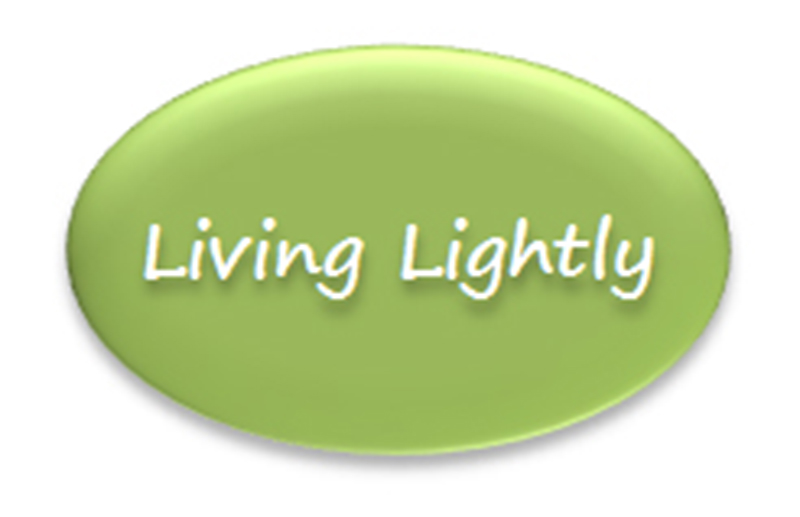By Alan Hewett
Everyone knows how dry it’s been in recent months and how desperate we are for rain.
When it eventually does rain how do we go about harvesting the millions of litres of free water? Most of it will be channelled into our stormwater system, but what a waste of a natural resource.
Rain can be captured, controlled and reused. It can top up depleted aquifers; irrigate gardens, parks, public spaces and urban farms. It can be processed for drinking water or flush toilets.
In rural areas when it rains, water is absorbed into the ground, evaporates, or is transpirated by trees, crops, or other plants. Transpiration is the process where plants pull moisture out of the soil and release it as water vapour.
Plants can release up to 10 times as much water as they hold. These natural processes allow rain to replenish groundwater and sustain the natural environment.
In urban areas when it rains, hard surfaces convert it into run-off. The water is carried via drains and catch basins into sewers which discharge into creeks, rivers, lakes and the sea. Often there is no pollution control and the water picks up bacteria, heavy metals, nutrients and particulates.
In the natural environment aquifers are topped up by clean rainwater. In urban areas however, harsh impervious surfaces such as concrete divert this rain. Consequently, water from leaky sewers, water mains and septic tanks leaks into the groundwater system leading to contamination.
In recent years many cities have experienced rapid migration and development but have experienced poor water management. Many are short of water but paradoxically prone to flooding.
Absorbing and reusing rainwater in an environmentally friendly way is part of a strategy that these cities are adopting. The introduction of rooftop gardens, bio swales, rain gardens and wetlands to counter floodwater has created the concept of ‘sponge cities.’
The use of permeable surfaces allows stormwater to infiltrate slowly into the ground. Pavements, low traffic roadways, driveways, parking lots and pedestrian walkways are made from interlocking pavers, permeable concrete and porous asphalt.
An innovation called Low Impact Development is being promoted to restore natural processes in the urban area. It combines infiltration, evaporation and transpiration.
Hopefully these ideas will help in combating heat waves and floods while sustaining a precious resource.

